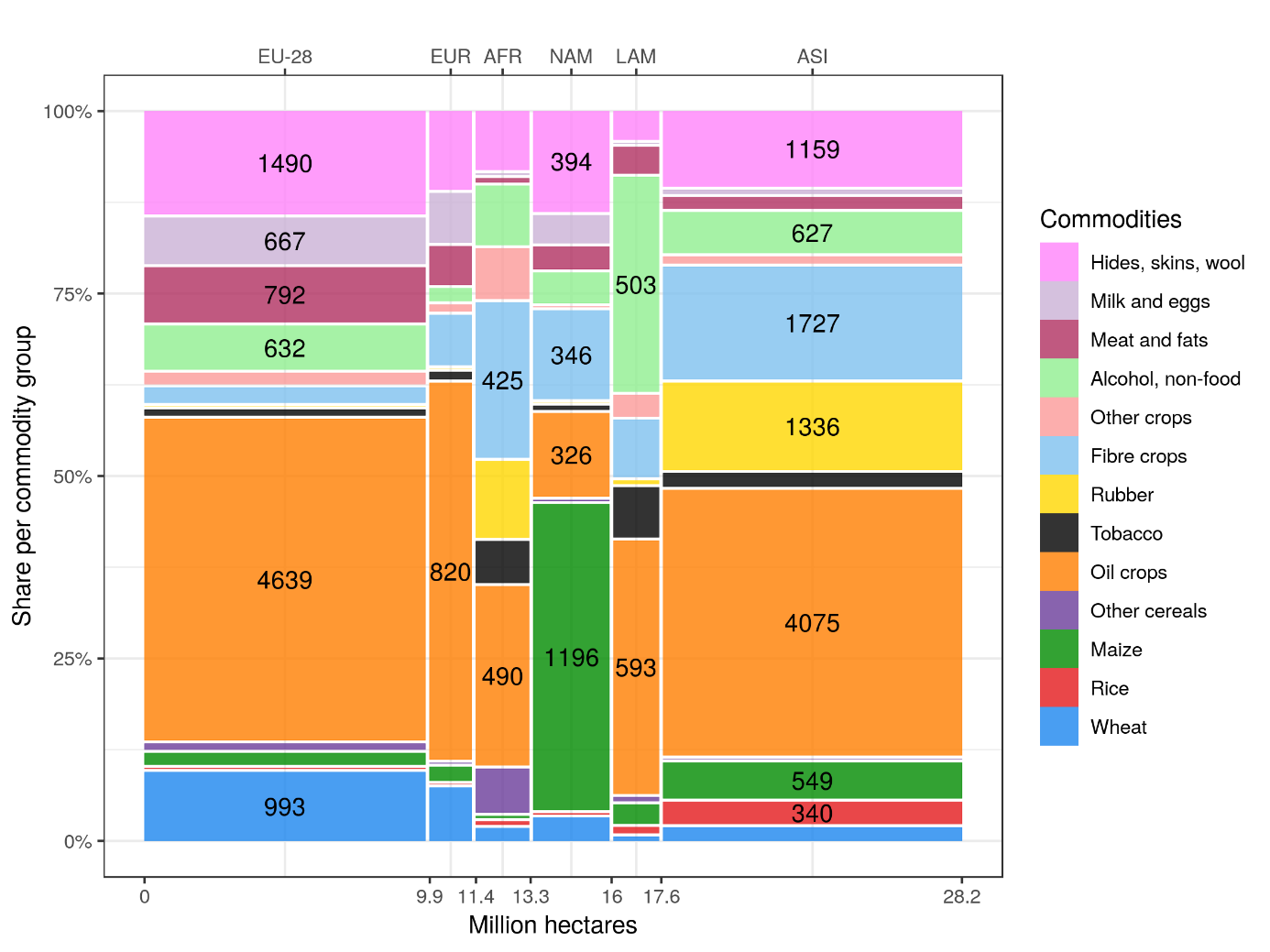Need for comprehensive assessments of bioeconomy strategies
Over the past 15 years, many governments and international organizations have developed strategies and initiatives to design and foster an economy that increasingly uses bio-based materials, chemicals, and renewable energy sources. These efforts are driven by the need to reduce greenhouse gas emissions and fossil fuel dependence, with the expectation that a bio-based economic transformation will contribute to economic development and employment both in urban and rural regions.
The European Union (EU) is particularly active in promoting bio-based transformations and seeks to respond to global social-environmental challenges through its Bioeconomy Strategy. The sustainability of the EU’s expanding bioeconomy has also been questioned, as there is rising evidence of the expanding industrial bioeconomy causing direct and indirect land use change, thereby generating greenhouse gas emissions. There are also implications for water quality and quantity. Imports of feedstock for the EU bioeconomy can thus have negative consequences for ecosystems in distant places.
Europe’s global cropland footprint of non-food biomass consumption
Applying a novel hybrid, i.e. combined physical-monetary land flow accounting model, this study provides the first comprehensive assessment of the global appropriation of cropland serving Europe’s consumption of non-food products, such as oils, fibres or rubber. The results highlight the EU’s role as a major processing and the biggest consuming region of cropland-based non-food products while at the same time relying heavily on imports. Two thirds of the cropland required to satisfy the EU’s non-food biomass consumption are located in other world regions, particularly in China, the US and Indonesia, giving rise to potential impacts on distant ecosystems.
With almost 39% in 2010, oilseeds used to produce for example biofuels, detergents and polymers represented the dominant share of the EU’s non-food cropland demand. Traditional non-food biomass uses, such as fibre crops for textiles and animal hides and skins for leather products, also contributed notably (22%). Our findings suggest that if the EU Bioeconomy Strategy is to support global sustainable development, a detailed monitoring of land use displacement and spillover effects is decisive for targeted and effective EU policy making.



